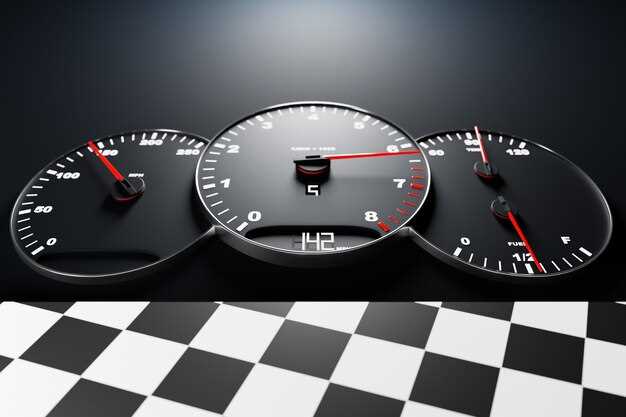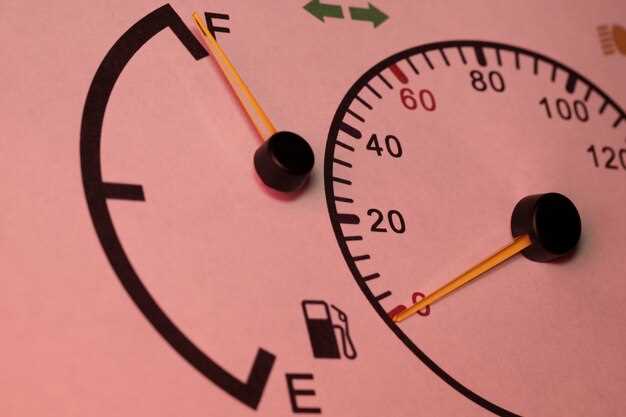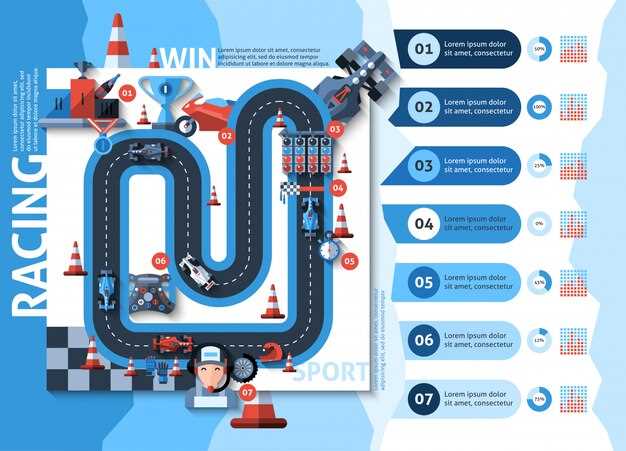
In the world of drag racing, precision and accuracy are paramount. The timing system plays a critical role in determining the outcome of each race, as it captures essential data from the start to the finish line. Every millisecond can make a difference, so understanding how these systems operate is vital for both racers and enthusiasts alike.
The basic function of a drag race timing system revolves around measuring reaction time and race duration. When the green light signals the start of the race, the system activates and begins to clock the performance of each vehicle. The interval between the green light and the driver’s response–known as reaction time–is crucial in assessing how quickly a driver can respond under pressure.
In addition to reaction time, the timing system records the time it takes for each car to cover the designated distance, ultimately influencing how competitors are ranked. Advanced timing systems utilize various technologies, including infrared sensors and transponders, to provide real-time data that enhances the integrity of the sport. Understanding these components allows participants to fine-tune their strategies and improve their overall performance on the track.
Key Components of Drag Race Timing Systems
Drag race timing systems consist of several essential components that work together to ensure accurate and reliable measurement of race performance. The primary elements include the starting sensor, timing lights, and the finish line sensor.
The starting sensor is responsible for detecting when a driver initiates their race. This system often employs a beam of infrared light, which, when broken by the car’s motion, triggers the timing system. This instant reaction is crucial for measuring the driver’s reaction time, which can significantly affect overall performance.
Timing lights play a vital role in the drag racing format. These lights are typically positioned at the start line and consist of a series of colored lights, known as “Christmas Tree.” The sequence of lights provides a visual cue to drivers, signaling when to launch. The timing system records the exact moment each car leaves the starting line and continues to monitor their speed and trajectory throughout the race.
At the finish line, another sensor captures the moment the car crosses the designated endpoint. This sensor works in conjunction with the timing system to calculate total elapsed time, which encompasses both the reaction time and the time taken to complete the race distance. The accuracy of these components is paramount as they determine the outcome of the race.
Additional features of advanced drag race timing systems may include data logging for performance analysis, temperature monitoring, and connectivity options that allow real-time scoring updates. Together, these components create a comprehensive system that enhances the drag racing experience for both drivers and fans alike.
How to Measure Reaction Time Accurately

To measure reaction time accurately in drag racing, it is crucial to utilize a reliable timing system that can record the exact moment a driver reacts to the start signal. Reaction time is defined as the interval between the start signal and the moment a vehicle begins to move. This measurement is critical as it can significantly influence race outcomes.
Modern timing systems often incorporate electronic sensors and light beams to ensure precise measurements. When a driver sees the starting lights change, they initiate their response, and the timing system captures the elapsed time using high-speed data logging. The most common setup involves a Christmas tree, a series of lights that signal countdown and start. The first light to illuminate indicates readiness, and the subsequent lights trigger the timing system.
For optimal accuracy, the timing system must be correctly calibrated before racing begins. Factors like environmental conditions and equipment positioning can affect the readings. Regular testing and maintenance of the system are necessary to ensure consistent performance.
Moreover, it is beneficial for drivers to practice their reactions using simulated start lights to enhance their responsiveness. Consistent training helps develop muscle memory, allowing for quicker and more instinctive reactions during actual races. This practice, combined with precise timing systems, provides drivers with the best chance to achieve optimal reaction times.
Common Pitfalls in Timing Systems and Their Impact on Results

Timing systems in drag racing are crucial for accurately measuring performance, but several common pitfalls can significantly influence the outcome of races. One major issue involves inaccurate calibration of timing devices. If the systems are not correctly calibrated, reaction times may appear faster or slower than they truly are, leading to misleading results.
Another significant pitfall is the presence of interference or signal disruption. Factors such as environmental conditions, electrical interference, or equipment malfunction can affect the timing accuracy. When these issues arise, they may result in a distorted reaction time, undermining the reliability of the data collected.
Inconsistencies in the starting lights can also prove problematic. If the timing systems do not synchronize properly, it may create confusion among racers regarding their actual reaction times. A delayed or malfunctioning starting mechanism can advantage one racer while disadvantaging another, skewing the overall results.
Moreover, human error remains a persistent concern. Timing personnel must be trained to operate systems correctly, as mistakes in starting the timers or recording results can lead to erroneous interpretations of performance data. A simple error in executing timing commands can directly impact the perceived reaction time for racers, affecting competition fairness.
Finally, the lack of proper maintenance and updates for timing systems can result in outdated technology that fails to provide the precision needed for modern racing demands. Staying current with technological advancements is vital for ensuring accurate timing and valid results, as obsolescence can lead to critical performance discrepancies.



